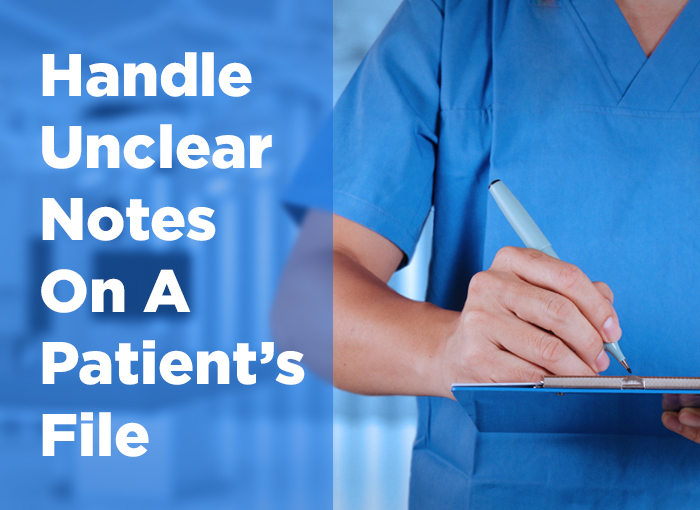
Interactions between the practitioner and the patient-related to clinical examination, ongoing treatment, present illness, prognosis, and the diagnosis are dental records. This record-keeping is essential for good professional practice, yet sometimes it is quite challenging. Regardless of the record form paper or electronic that is used by the practitioner to nurse dictation, the purpose is to record the communications between different practitioners to cover a legal obligation for the reimbursement. Consequently, accurate and complete documentation is an effective continuum of patient care. However, no system is perfect. Many different factors contribute to the creation of unclear notes or obscure documentation. The components in particular can be the insufficient time to interact as well as lack of adherence to compliance.
What are unclear notes or obscure documentation?
A typical question is what are unclear notes or obscure documentation? Before tackling a documentation problem, let us understand the specifics of what represents poor documentation in the first place. In the case of a practitioner using a particular dental record, it is poor documentation if it impairs patient treatment or evaluation. For a coder, deficits in procedure and diagnosis codes can result in the same. Moreover, if the document lacks completeness, clarity, and fails to convey a patient problem, if it lacks sufficient specificity to address patient safety that can compromise the quality of the rendered care it will be categorized as obscure documentation.
For instance, if a practitioner is documenting oral lesions, he/she will need to include size, shape, color, location, consistency, distribution, history, texture for the oral lesion. These specificities will help in the treatment of the patients who need our help. The consequences of poor documentation are significant, they can impact things like patient safety apart from having financial repercussions.
Benefits of good documentation:
Factors affecting poor documentation
Know-how: First and foremost, insufficient information of the dental industry can result in poor documentation. Due to the tight schedule, it becomes difficult to provide training to providers. They document a lot of information, still leaving behind the usage of the words needed for the highest level of specificity. Incorporation of a modified approach for proper documentation, does not happen by chance. It requires education in the long run.
Time-constraint: Another fundamental requirement is the time factor at play. The priority of every practitioner is patient care, and with that obligation, documentation can sometimes take a back seat. The number of patients that a particular practitioner is handling per day can lead to a tug of war, giving them insufficient time to verbalize to document the same. Spending more time with patients can help with the documentation problem. Generally, practitioners lack motivation due to missing incentives and system prejudices.
Copy-paste: EHR compliance is capable of accurate documentation, but only using copy and paste of dental records with the same assessment can impair the original thinking. Some meaningful adjustments here and there are under compliance, but blatant use of copy and paste can easily miss out on different and essential patient conditions.
Steps to handle the problem